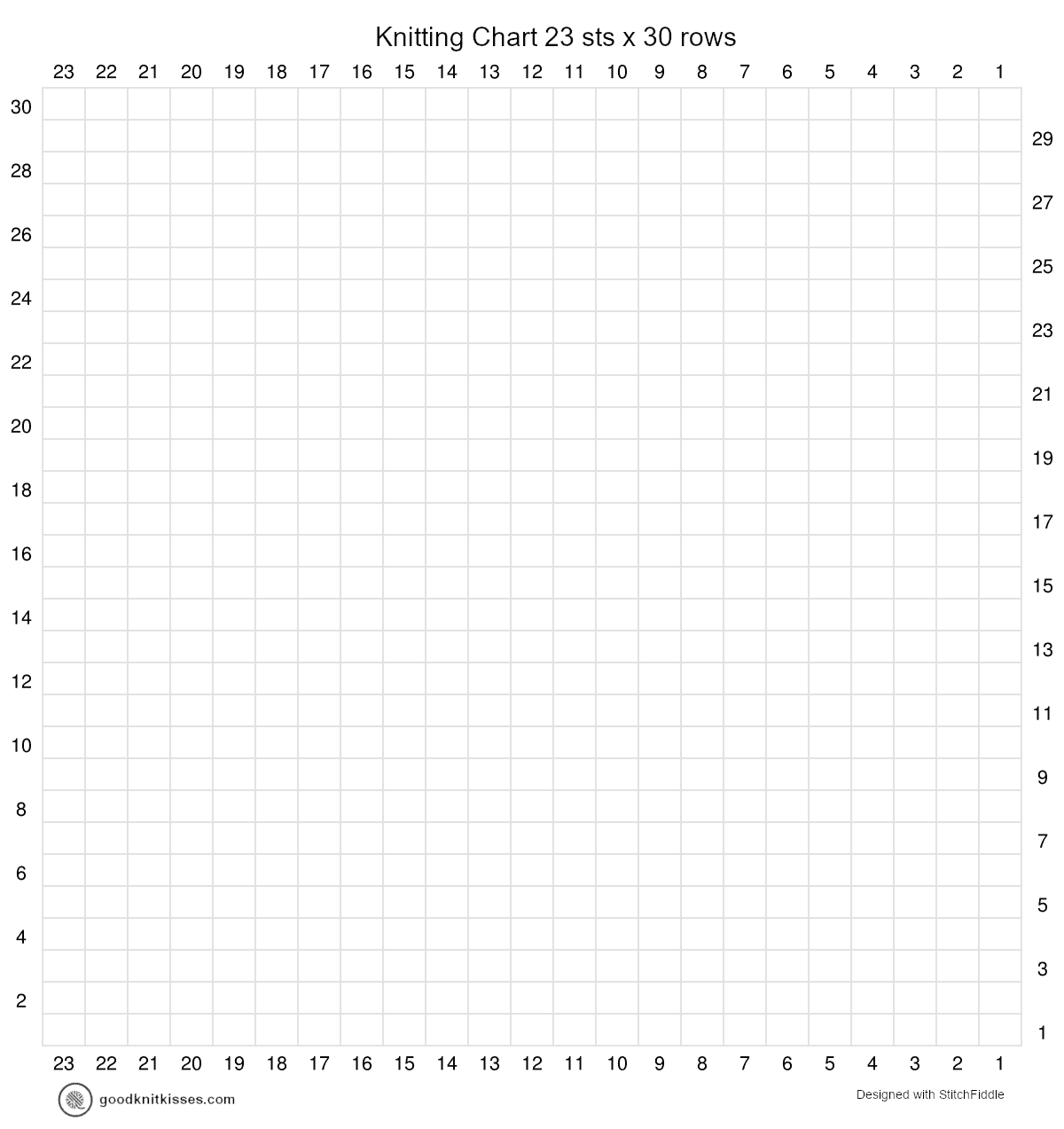
There’s a lot of eyeballing and checking back at the chart to make sure you didn’t blow a column of stitches. The chart can be hard to follow when you’re stitching these irregular flower shapes-you can overlook a flower by mistake if you’re, say, binge watching Scandal and Olivia Pope is really chewing somebody out. Duplicate stitch follows the shape of the flowers.Duplicate stitch is no fun if you don’t like stitching!.Duplicate stitch is done on the surface of the finished knitted background, so you can snip out a problem area and redo it without affecting other stitches around it.

It’s easy to take out irregular parts or to fix mistakes if you discover you’ve made a mistake.A design choice, whether the flowers should be flat in the fabric as with stranded knitting, or raised a bit with duplicate stitch. The stitches have a bit of dimensionality to them, making the flowers stand out.

It goes pretty quickly when you load up a tapestry needle and just get to it.


The stitches for the flowers are integral to the fabric-they don’t sit atop the background.If you love to knit stranded colorwork, this is a good workout of your skills.Let’s break down the pros and cons of duplicate stitch versus stranding for this project. Every stitch is an adventure.Ĭouldn’t a person stitch the flowers rather than strand them?Īs you may recall, I’ve been in something of a duplicate stitch mood recently. There is absolutely no repetition or rhythm to the chart. The chart must be worked four times to cover the front and back of Papa. Junko Okamoto thoughtfully provides us with a chart, 50 rows high and 90 stitches wide, for working the flowers in stranded knitting-you know, working two colors alternately in a round. You know Papa: it’s that pullover with the winsome flowers that look to have been doodled all over it. Getting there! My queue of MDK March Mayhem projects is down to 62, now that I am well on my way with the Papa pullover by Junko Okamoto.


 0 kommentar(er)
0 kommentar(er)
